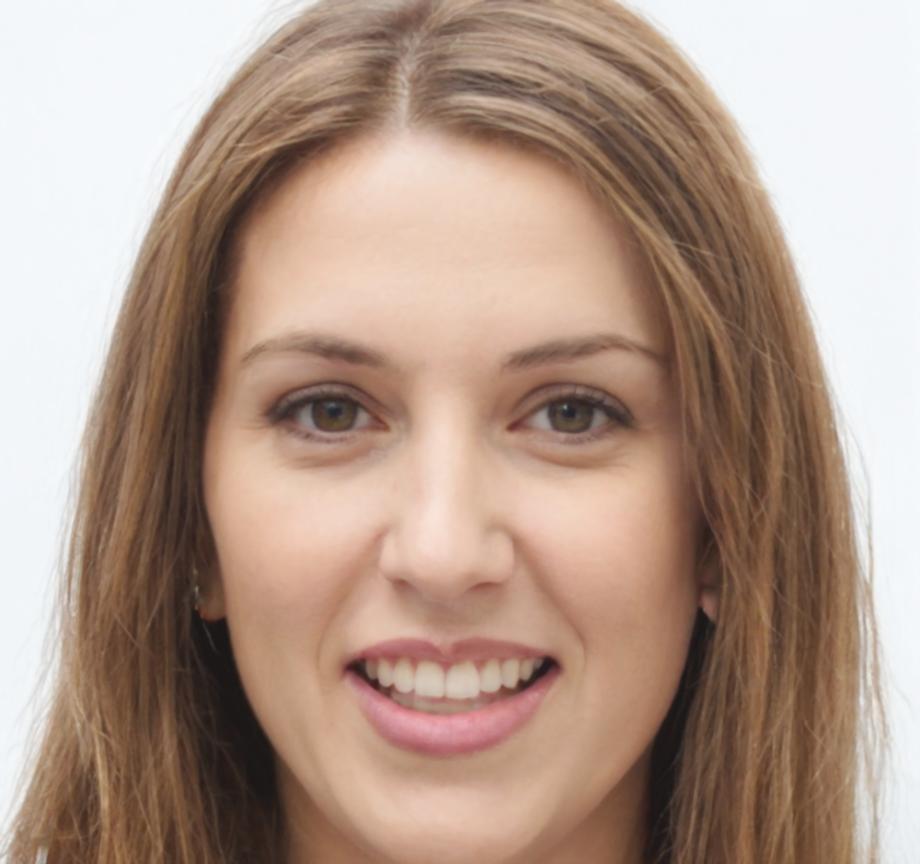Budget Mastery: Six Months to Financial Clarity
Starting September 2025, learn practical budget control methods that Australian households actually use. No fancy promises—just straightforward techniques to stop money stress.
Three Money Problems We Actually Solve
After working with over 200 Melbourne families since 2019, I've noticed the same issues keep coming up. Here's what we tackle during the program.
The Invisible Money Leak
You earn decent money but somehow there's nothing left by month's end. Subscriptions you forgot about. Random purchases that "aren't that much" but add up to hundreds.
How We Fix ItWeek 3-6 covers tracking methods that don't feel like homework. We use the "bucket system" that Reservoir locals developed—it's dead simple and you can set it up in one afternoon.
- Find hidden recurring charges (most people find -120/month)
- Build a spending map that shows where money actually goes
- Create automatic savings triggers so you don't rely on willpower
The Emergency Fund That Never Happens
Everyone says "save three months of expenses" but when you're living paycheck to paycheck, that advice feels like a joke. Car repairs or medical bills trigger credit card debt.
How We Fix ItWeek 8-12 focuses on building a buffer without sacrificing your current lifestyle. Forget the three-month rule—we start with 0 and build from there.
- Identify "buffer opportunities" in your existing spending
- Use the rounding method (saves -80/month automatically)
- Create separate accounts so emergency money stays untouched
Budget Burnout After Two Weeks
You start tracking everything religiously, feel deprived, then give up and spend more than before. The all-or-nothing approach never sticks long-term.
How We Fix ItWeek 14-18 introduces flexible budgeting that adapts to real life. Birthday parties happen. Cars break down. We plan for chaos instead of pretending it won't occur.
- Set up "guilt-free" spending categories (seriously)
- Learn the 80/20 tracking method that takes 5 minutes weekly
- Build maintenance habits that don't require daily attention

Led by Torben Svendsen
I've been teaching budget control in Melbourne's northern suburbs since 2018. Before that, I spent twelve years as a financial counselor helping people recover from debt situations.
This program came from watching too many people fail with traditional budgeting advice. The spreadsheet approach works for accountants—not for busy families juggling work, kids, and actual life.
What we teach here is what worked for the 200+ people who've been through previous sessions. Real methods from real households across Preston, Thornbury, and Reservoir.

What Changes Over Six Months
Look—I'm not going to promise you'll save ,000 or retire early. But participants typically see these shifts happen naturally as they work through the material.
First 6 Weeks
Most people discover they're spending 15-20% more than they thought. The awareness alone often creates immediate behavior shifts. You'll have a clear spending map and know exactly where money disappears.
Weeks 7-14
The emergency buffer starts building. Small at first—maybe 0-500—but it exists. That removes the panic when unexpected expenses hit. You'll also identify subscriptions and services that aren't earning their keep.
Weeks 15-20
Tracking becomes automatic, taking less than 10 minutes weekly. The system runs itself. You're making spending decisions based on actual data rather than guessing or feeling guilty.
Final Month
You've built a sustainable approach that fits your life. No deprivation, no complex spreadsheets. Just clear visibility into where money goes and conscious choices about what matters.

"I expected another boring budgeting lecture. Instead got practical tools I actually use six months later. Found 0/month in subscriptions I'd completely forgotten about."